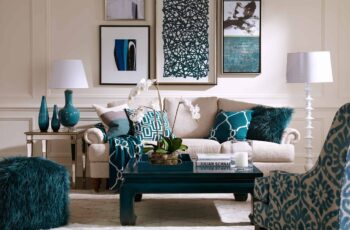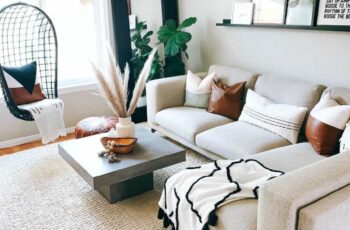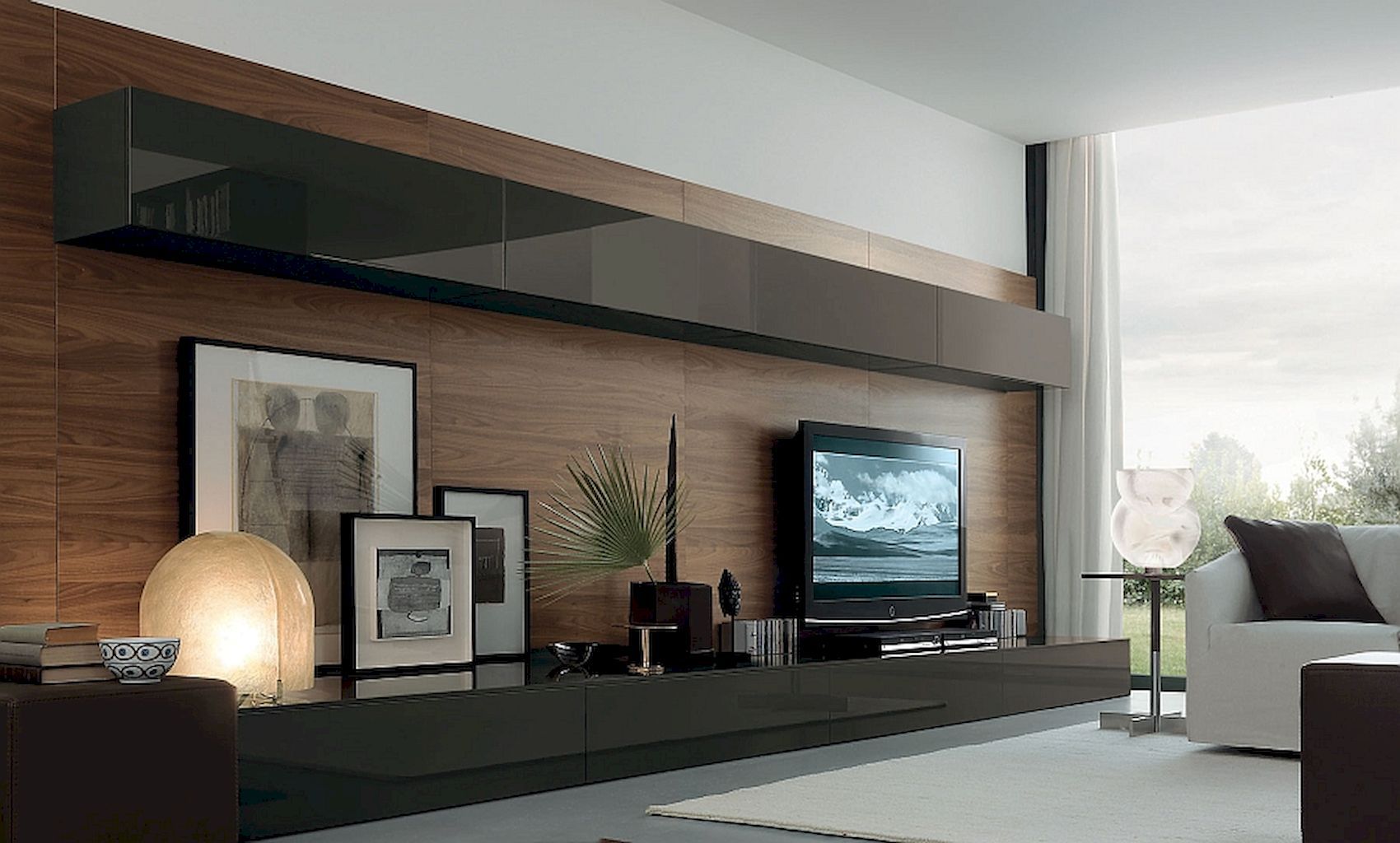
The Art of Integration: Designing the Perfect Wall Unit for Your Living Room
The living room, often considered the heart of the home, is a space for relaxation, entertainment, and connection. As our lives become increasingly digital and our homes more compact, the demand for multifunctional furniture that optimizes space while maintaining aesthetic appeal has surged. Enter the wall unit – a design solution that transcends mere storage to become a central architectural feature, an organizational powerhouse, and a canvas for personal expression.
Once bulky, imposing structures, modern living room wall units have evolved into sophisticated, customizable systems that seamlessly integrate technology, display cherished items, and discreetly tuck away clutter. Designing the perfect wall unit is not merely about choosing a piece of furniture; it’s about crafting a cohesive environment that reflects your lifestyle, enhances your room’s functionality, and elevates its overall design aesthetic.
Beyond Storage: The Multifaceted Appeal of Wall Units
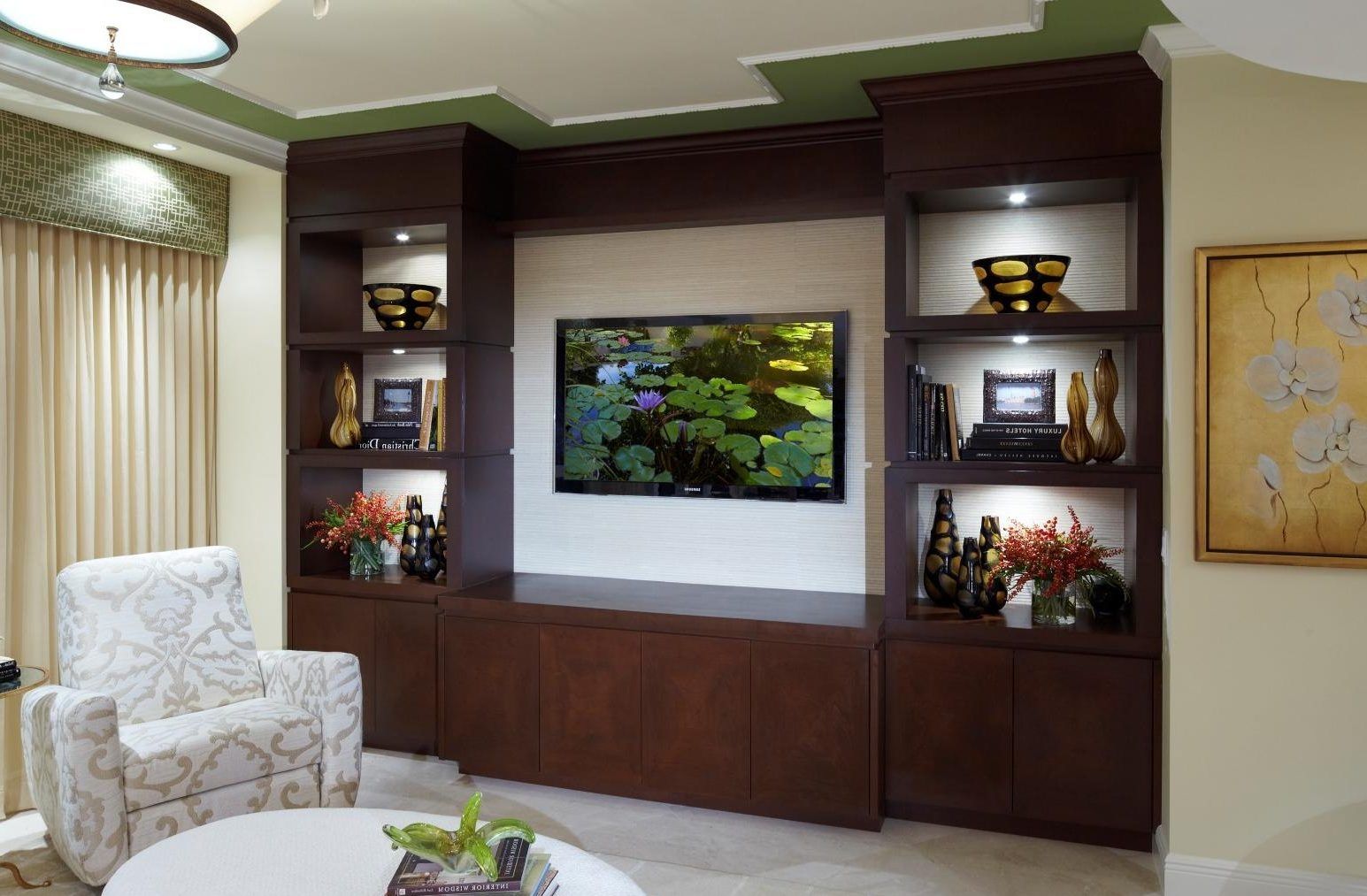
A well-designed wall unit offers a myriad of benefits that go far beyond simple storage:
- Optimized Space Utilization: In urban dwellings where every square foot counts, wall units make the most of vertical space, freeing up floor area for other furniture or movement. They can be custom-built to fit awkward corners, alcoves, or span an entire wall, turning dead space into a highly functional zone.
- Seamless Integration of Technology: Modern living rooms are replete with televisions, sound systems, gaming consoles, and charging stations. Wall units provide dedicated, often concealed, spaces for these devices, along with clever cable management solutions that eliminate unsightly wires and enhance the room’s clean lines.
- Enhanced Organization: From books and media collections to board games and remote controls, wall units offer a designated home for everything. A mix of open shelving, closed cabinets, and drawers allows for a strategic balance between display and concealment, contributing to a sense of calm and order.
- Curated Display and Personalization: Open shelves and glass-fronted cabinets offer the perfect opportunity to showcase personal style. Art pieces, decorative objects, framed photographs, and curated book collections transform the unit into a dynamic focal point, telling your unique story.
- Architectural Statement: Far from being just functional, a thoughtfully designed wall unit can become the defining architectural feature of your living room. It can add depth, texture, and visual interest, anchoring the space and establishing a sophisticated focal point.
- Increased Home Value: Custom-built or high-quality modular wall units are considered a desirable feature by potential homebuyers, adding both aesthetic and practical value to your property.
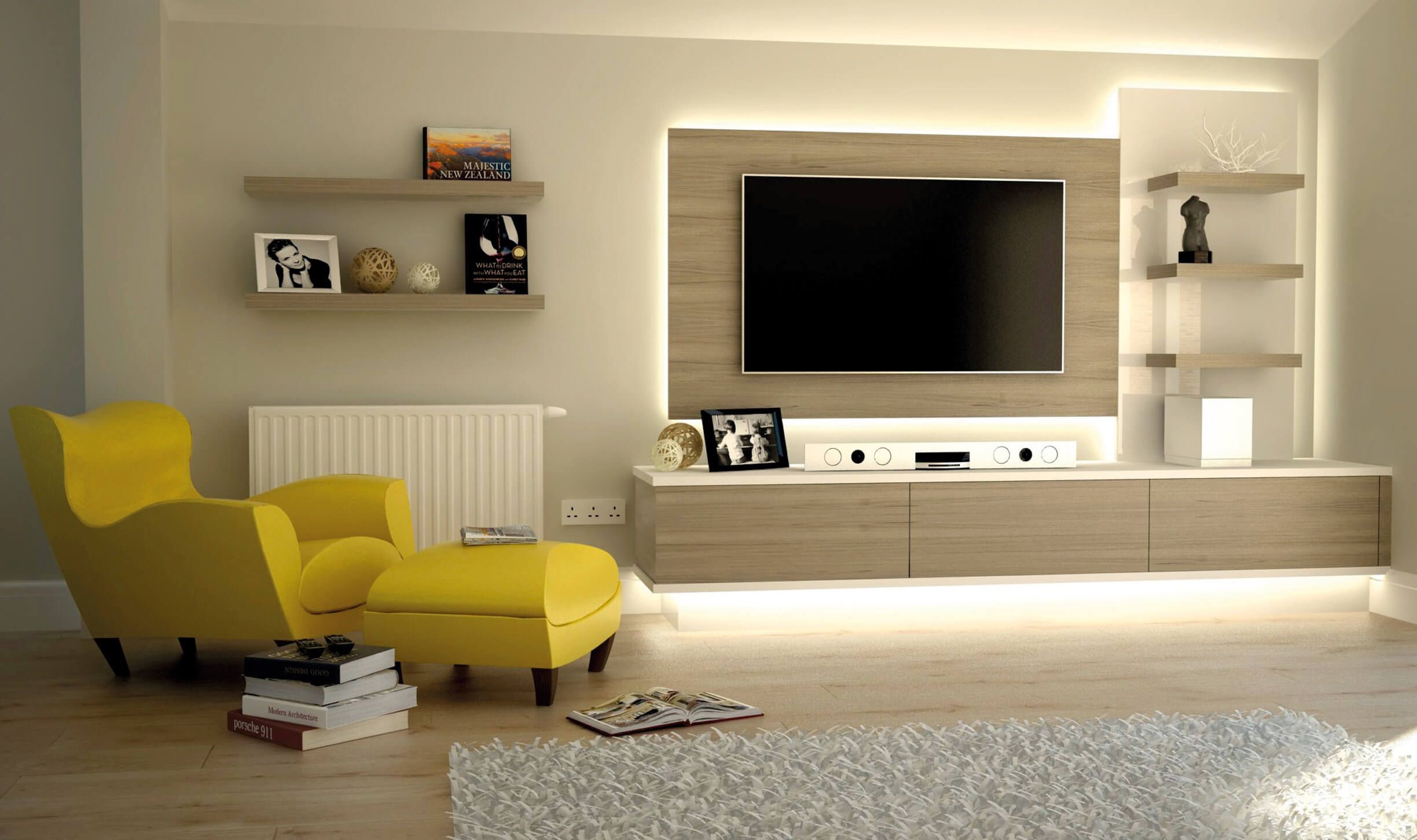
Types of Wall Units: Finding Your Fit
The versatility of wall units means there’s a type to suit almost every space and style:
- Built-In (Custom) Wall Units: These are designed and constructed specifically for your living room, fitting precisely from floor to ceiling and wall to wall. They offer the ultimate in customization, allowing you to dictate every dimension, material, and internal configuration. Ideal for maximizing space and creating a seamless, integrated look, though they typically come with a higher price tag.
- Modular Wall Units: Offering a fantastic balance between flexibility and customization, modular systems consist of individual components (cabinets, shelves, drawers, TV stands) that can be combined and arranged in countless ways. They are adaptable, allowing for future expansion or rearrangement, and are available in a wide range of styles and finishes from various manufacturers.
- Freestanding Wall Units: These are complete, pre-assembled units that stand independently. While less customizable than built-ins or modular systems, they are often more budget-friendly and offer the flexibility to be moved if you redecorate or relocate. They typically include a combination of open and closed storage, often centered around a TV recess.
- Entertainment Centers: A specific type of wall unit primarily focused on housing a television and associated media equipment. They often feature a central TV compartment, flanked by shelving and cabinets for media, speakers, and decor.
- Open Shelving Units: While not full "wall units" in the traditional sense, extensive open shelving arrangements can function similarly, providing abundant display space. They offer a light, airy feel but require meticulous organization to avoid looking cluttered.
- Minimalist Wall Units: Characterized by clean lines, flush surfaces, and often handle-less doors, these units prioritize sleek aesthetics and hidden storage. They contribute to a modern, uncluttered look, often floating above the floor to enhance the sense of space.

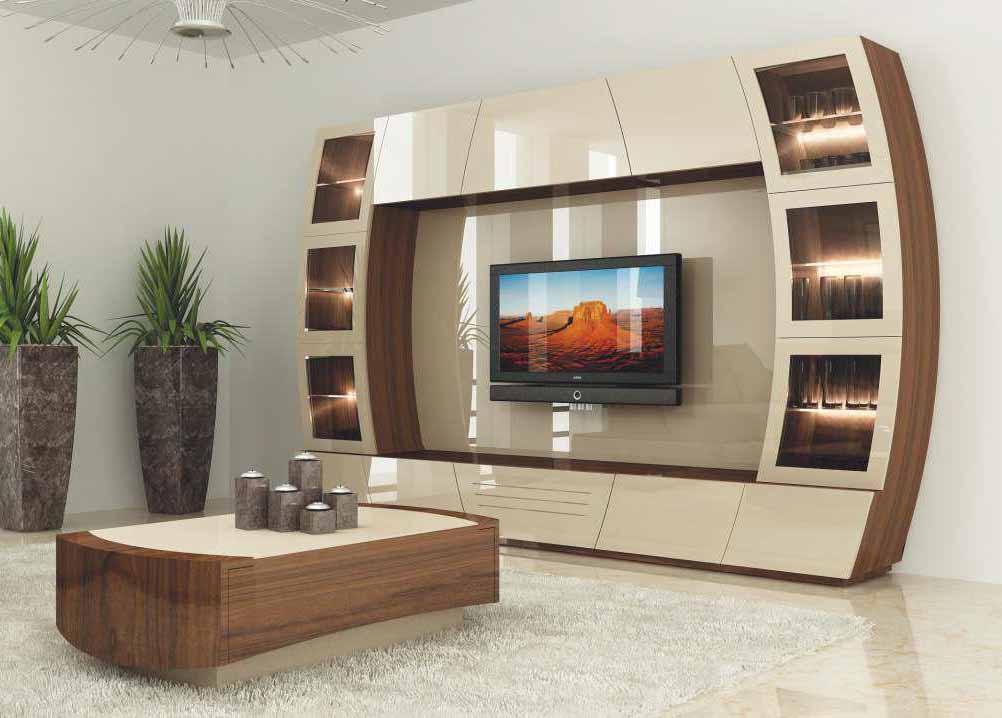
Pre-Design Considerations: Laying the Foundation
Before diving into material samples and color palettes, a thorough assessment of your needs and space is crucial:
-
Assess Your Space:
- Dimensions: Measure the wall(s) where the unit will be placed (width, height, depth). Note any architectural features like windows, doors, radiators, or electrical outlets that might impact the design.
- Traffic Flow: Ensure the unit doesn’t obstruct walkways or make the room feel cramped.
- Natural Light: Consider how the unit might affect light entry from windows. Reflective surfaces can bounce light, while dark, solid units might absorb it.
- Existing Furniture: How will the wall unit relate to your sofa, coffee table, and other pieces?


-
Define Your Lifestyle and Needs:
- What do you need to store? Books, DVDs, gaming consoles, board games, blankets, electronics, decorative items, paperwork? Make a comprehensive list.
- What do you want to display? Art, collectibles, photos, plants?
- How do you use your living room? Is it primarily for TV watching, reading, entertaining, or a mix of everything?
- Cable Management: How many devices need power and connectivity? Where are existing outlets? This is critical for a clean look.
-
Budget: Wall units can range significantly in price. Establish a realistic budget early on to guide your choices in terms of customization, materials, and whether you opt for built-in, modular, or freestanding solutions.
-
Style and Aesthetics:
- Existing Decor: The wall unit should complement your living room’s existing style – be it modern, traditional, minimalist, industrial, bohemian, or eclectic.
- Desired Mood: Do you want the unit to feel grand and imposing, light and airy, or warm and inviting?

Key Design Elements: Bringing Your Vision to Life
Once the foundational considerations are in place, you can delve into the exciting details of design:
1. Functionality First
- Storage Mix: A balanced wall unit combines various types of storage:
- Closed Cabinets: Ideal for concealing clutter, media equipment, and anything you don’t want on display. Opt for push-to-open mechanisms or sleek handles for a clean look.
- Drawers: Perfect for smaller items, remotes, cables, and often placed lower for easy access.
- Open Shelving: For displaying books, decor, and personal items. Consider adjustable shelves for flexibility.
- Glass-Fronted Cabinets: Offer a middle ground, allowing for display while protecting items from dust.
- TV Integration: Decide whether the TV will be mounted within a dedicated recess, on an articulating arm, or simply placed on a shelf. Ensure adequate ventilation for electronics.
- Cable Management: This cannot be stressed enough. Integrated channels, cut-outs in shelves, and hidden compartments are essential for a seamless, professional look. Plan for power outlets, HDMI ports, and network connections.
2. Aesthetics and Visual Impact
- Layout and Composition:
- Symmetry: Creates a formal, balanced, and classic look.
- Asymmetry: Offers a more modern, dynamic, and visually interesting arrangement, allowing for varied heights and depths.
- Balance: Regardless of symmetry, ensure the unit feels visually balanced. Distribute visual weight (e.g., a large TV, a stack of heavy books) evenly.
- Proportion and Scale: The unit should be proportionate to the size of your room and the wall it occupies. Avoid overwhelming a small room or looking insignificant in a large one.
- Materials and Finishes: The choice of materials profoundly impacts the unit’s style and durability.
- Wood: Timeless and versatile. Options range from warm, rich walnuts and oaks to lighter maples and ash. Can be stained, painted, or left natural.
- Laminates and Veneers: Offer a cost-effective alternative to solid wood, available in a vast array of colors, patterns, and wood-look finishes.
- MDF (Medium-Density Fiberboard): Often used as a base for painted or laminated finishes, offering a smooth, uniform surface.
- Metal: Steel or aluminum can add an industrial, modern edge, often used for frames or accents.
- Glass: Used for shelves, cabinet doors, or back panels, adding lightness and allowing light to pass through. Smoked, frosted, or clear options are available.
- Stone/Marble: For luxurious accents, particularly on countertops or specific panels.
- Paint: A custom paint color can perfectly match or contrast with your existing decor, allowing for seamless integration or a bold statement.
- Color Palette:
- Match Existing Walls: For a cohesive, built-in look that makes the unit blend into the background, ideal for smaller rooms.
- Contrast: A darker unit against light walls, or vice-versa, can create a dramatic focal point.
- Neutral Tones: Whites, grays, and beiges offer versatility and a timeless appeal.
- Accent Colors: A pop of color on a single panel or interior of an open shelf can add personality.
3. Lighting: Setting the Mood
Integrated lighting is a game-changer for wall units, enhancing both functionality and ambiance:
- LED Strip Lighting: Concealed LED strips within shelves or behind panels create a soft, ambient glow, highlighting displayed items and adding depth.
- Spotlights/Downlights: Small, directional lights can illuminate specific objects or sections.
- Backlighting: Behind the TV or a main panel, backlighting reduces eye strain and creates a cinematic effect.
- Dimmers: Essential for controlling the mood and adapting to different activities.
Styling Your Wall Unit: The Finishing Touches
Once the unit is built, the real fun begins: styling. This is where you inject personality and transform it from a functional piece into a curated display.
- Curate, Don’t Clutter: Less is often more. Choose meaningful items over an abundance of trinkets. Regularly declutter.
- Vary Heights and Textures: Mix tall objects with short ones, and combine different materials (e.g., a ceramic vase next to a wooden sculpture).
- Create Vignettes: Group items in odd numbers (3 or 5) that relate to each other in terms of color, theme, or shape.
- Utilize Books: Arrange books vertically, horizontally, or in small stacks to add visual interest and break up monotony.
- Incorporate Greenery: Small potted plants or trailing vines add life, color, and freshness.
- Add Art: Lean small framed prints or abstract pieces against the back of shelves.
- Embrace Negative Space: Allow for empty areas on shelves. This gives the eye a place to rest and makes the displayed items stand out.
- Personalize: Include family photos, travel souvenirs, or handmade items that tell your story.
Common Pitfalls to Avoid
- Over-cluttering: The fastest way to make a beautiful unit look messy. Edit regularly.
- Ignoring Scale: A unit too big for the room will overwhelm; too small will look insignificant.
- Poor Cable Management: Unsightly wires can ruin the sleekest design. Plan for them from the start.
- Lack of Flexibility: If possible, include adjustable shelves or modular components to adapt to future needs.
- Forgetting Lighting: A well-lit unit looks infinitely more sophisticated and inviting.
The Future of Wall Units
As smart home technology becomes more pervasive, wall units are poised to evolve further. Expect to see more integrated charging stations, hidden smart speakers, voice-activated controls for lighting and media, and even touch-sensitive surfaces. Sustainability will also play a larger role, with increased use of recycled materials, responsibly sourced wood, and energy-efficient lighting.
Conclusion
Designing a living room wall unit is a thoughtful process that marries aesthetics with practicality. It’s an investment in your home’s functionality, organization, and visual appeal. By meticulously planning, considering your lifestyle, and embracing creative design elements, you can transform a simple wall into a dynamic, personalized focal point that serves as the true heart of your living space for years to come. It’s not just about storage; it’s about crafting an integrated experience that enhances every moment spent in your most cherished room.

The Art of Integration: Designing the Perfect Wall Unit for Your Living Room pictures collections gallery
The Art of Integration: Designing the Perfect Wall Unit for Your Living Room is a nice pictures and stock photo for your computer desktop or your smartphone device (ipad, tablet, blackberry, iphone, and other device) and also for your personal use. Free available for desktop wallpaper or additional image collections for your all needs. And was uploaded by admit at date August 3, 2025. You can download it in your computer by clicking download button to save image... have nice day and have fun guys..
This 1 image in featured post from 0 Photos/images Gallery and awesome picture selections about The Art of Integration: Designing the Perfect Wall Unit for Your Living Room is available to download. "Download & Save" images/pictures/wallpapers now and this Is one of the post that listed in packed to Category is Living Room Design Ideas directory, with image dimension/resolution size is 1700 × 1024 px and size image/picture file is 175 KB with original link post ID is : https://powae.pw/the-art-of-integration-designing-the-perfect-wall-unit-for-your-living-room/. Get download/save images in post and gallery, "download" images or "preview" it on a bigger image for spesification sample in Large size (full attachment size) here : [Download & View to Large size]. Just Simple way, in thumbnail or in Gallery. *Click images to view Large Size.We collect this wonderful image from online and choose one of the best for you. Pictures collection that posted here was carefully chosen and published by author after choosing the ones which are best among the others. So, ultimately we make it and here these list of best image for your inspiration and informational reason regarding the The Art of Integration: Designing the Perfect Wall Unit for Your Living Room as part of blogsite exclusive updates collection. So, take your time and find the best informations and pictures posted here that suitable with your needs and use it for your own collection and personal use. About Image information: Image has been submitted and You are able to give your opinion as evaluations to our web site value.
Don't forget to comment if you interest with this images, you can share this post to social media like as facebook, twitter, google+, pinterest, stumbleupon, and more. just click social media buttons for share this post The Art of Integration: Designing the Perfect Wall Unit for Your Living Room Now. :)
Thanks for your visit, I hope you happy come to opo wae, wis opo wae, and get what you're looking for. And hope sometimes you will come back again here. All you need to do is help us develop by discussing this The Art of Integration: Designing the Perfect Wall Unit for Your Living Room if you like it "leave your comment". have fun, Thank you.



